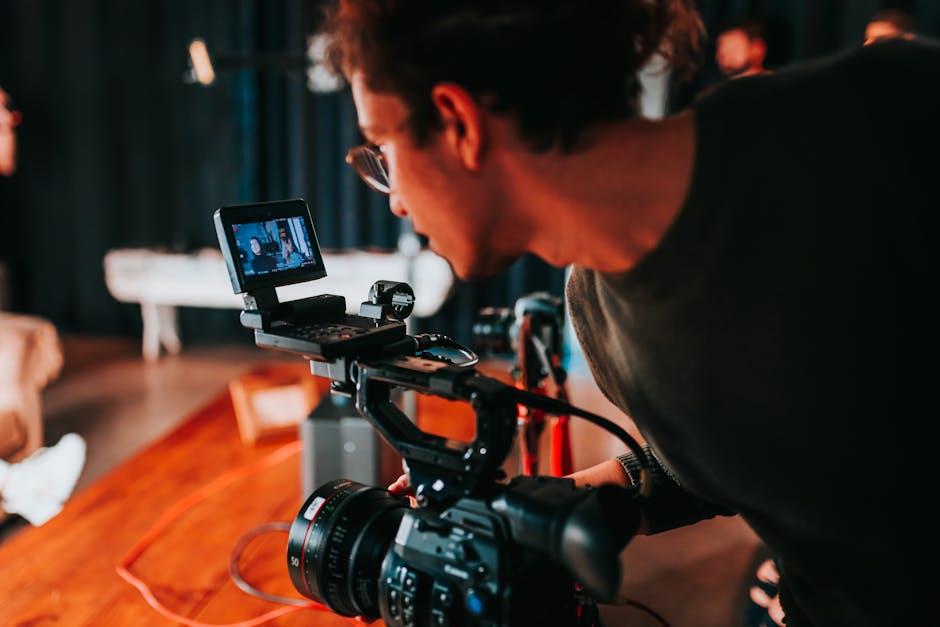The Future of Volumetric Video Capture in Production
Volumetric video capture is rapidly revolutionizing the way content creators, filmmakers, and game developers approach production. This cutting-edge technology creates 3D video representations of real-world objects and people, enabling immersive, interactive experiences across media platforms. As the technology advances, the future of volumetric video capture promises to reshape entertainment, advertising, virtual reality, and beyond with unparalleled realism and creative flexibility.
What Is Volumetric Video Capture?
At its core, volumetric video capture records a subject or scene from multiple angles simultaneously, producing a fully three-dimensional, navigable video asset rather than a flat, 2D recording. Using arrays of high-resolution cameras combined with depth sensors and sophisticated photogrammetry software, the technology reconstructs detailed 3D models that can be viewed from any perspective. This allows viewers or users to move around and interact with the recorded subjects in a virtual space.
Why Volumetric Video Capture Is a Game-Changer in Production
Volumetric video technology offers revolutionary benefits compared to traditional video production techniques:
- Immersive Storytelling: Creates experiences that engage the audience by adding spatial depth and interactivity.
- Versatility: Captured content can be reused for VR, AR, holograms, gaming, and even live streaming applications.
- Efficient Post-Production: Editors can manipulate 3D assets to change camera angles, lighting, or backgrounds without reshoots.
- Remote Collaboration: Teams can work with realistic virtual actors or objects across the globe, simplifying production workflows.
The Future Landscape: Trends Shaping Volumetric Video Capture
Looking ahead, several key trends signal where volumetric video capture is heading in production environments:
1. Increased Accessibility and Cost Reduction
Improved hardware affordability and software democratization are making volumetric capture accessible beyond high-budget studios to indie creators and smaller production firms.
2. Real-Time Capture and Streaming
Advances in AI-driven processing and edge computing will enable near-instant volumetric capture and streaming, supporting live virtual concerts, events, and interactive broadcasts.
3. Integration with AI and Machine Learning
AI will streamline clean-up, animation, and compression of volumetric data, reducing manual labor and enabling richer, more lifelike 3D video content.
4. Expansion into New Platforms
The rise of extended reality (XR), metaverse environments, and holographic displays will increasingly depend on volumetric assets for authentic user experiences.
Benefits and Practical Tips for Using Volumetric Video Capture
Key Benefits
- Enhanced Audience Engagement: 3D volumetric content feels more alive, improving viewer retention.
- Cross-Platform Content: One volumetric capture can adapt to various formats-VR, AR, 3D TV, and beyond.
- Preservation of Authentic Performances: Perfect for archiving performances or creating digital doubles in films and games.
Practical Tips for Production Teams
- Pre-Plan Your Capture Environment: Volumetric capture requires controlled lighting and backgrounds to optimize data quality.
- Choose the Right Hardware Setup: Consider camera arrays, depth sensors, and synchronization tools that fit your budget and project scale.
- Invest in Skilled Post-Processing: Skilled artists and efficient software are essential for cleaning and optimizing volumetric models.
- Experiment Early and Often: Volumetric technology is evolving – continuous experimentation helps discover innovative storytelling techniques.
Case Studies: Volumetric Video Capture in Action
Several cutting-edge projects illustrate the transformative power of volumetric video capture:
| Project | Industry | Outcome |
|---|---|---|
| “The Lion King” (2019, Stagecraft) | Film Production | Volumetric capture enabled interactive virtual cinematography, improving visual storytelling depth. |
| Intel’s VR Music Experience | Live Concerts / VR | Created immersive, real-time concerts where fans interacted with volumetric performers in VR environments. |
| Magic Leap’s Holographic Virtual Assistants | AR Applications | Produced lifelike volumetric holograms enhancing user interfaces on mixed-reality devices. |
Firsthand Experience: What Creators Are Saying
Industry professionals reveal the challenges and opportunities surrounding volumetric capture:
“Volumetric capture expanded our creative palette dramatically. We could literally walk around our digital actors and reshape scenes in post-production without rebooking actors or sets.” – Jane Smith, Visual Effects Supervisor
“The learning curve is steep, but the end result is mesmerizing. The audience’s ability to explore content in 3D makes every project feel new and fresh.” – Mike Chen, VR Content Developer
Conclusion: Embracing a Volumetric Future
The future of volumetric video capture in production is bright and filled with potential. As technology evolves, it will unlock new dimensions of storytelling that blend reality and virtual worlds seamlessly. Filmmakers, game designers, advertisers, and XR creators stand to benefit tremendously by adopting volumetric capture today. By understanding its benefits, staying abreast of emerging trends, and experimenting with hands-on workflows, content creators can harness volumetric video to produce captivating, immersive experiences that captivate and inspire audiences for years to come.











